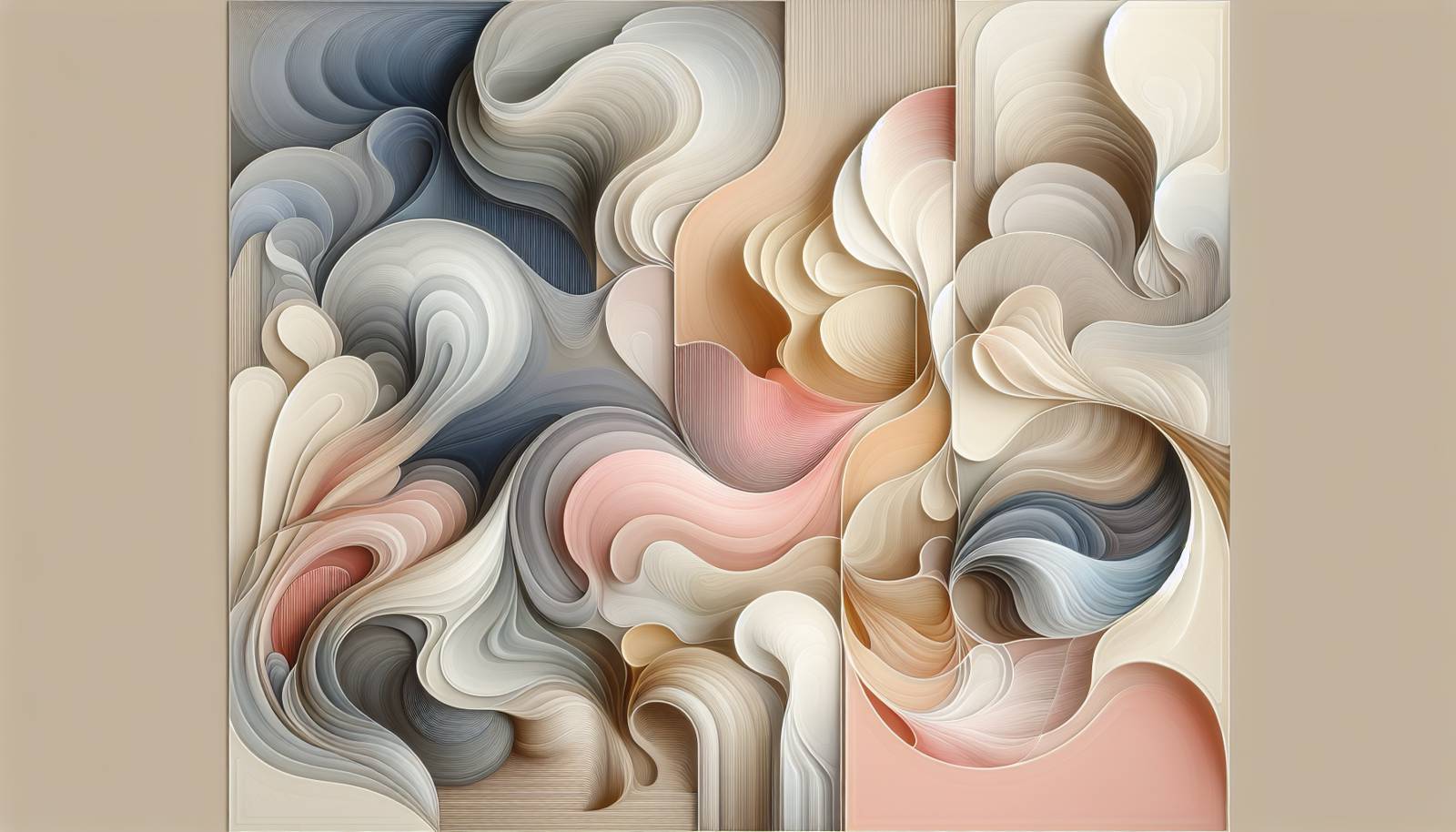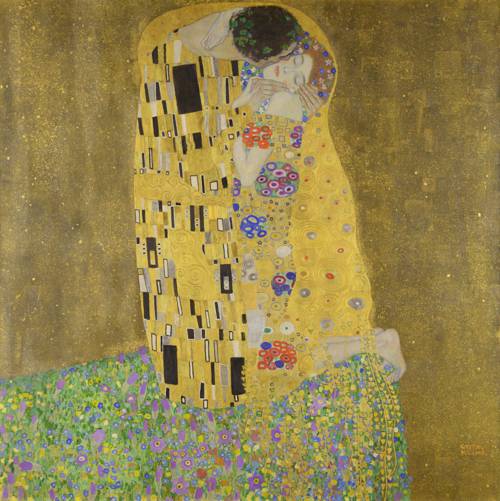
FAQ About Cultural Impact of Eroticism in Literature and Art

What is the significance of eroticism in literature and art?
Eroticism has played a crucial role in literature and art as a means of exploring human sexuality, desire, and intimacy. Historically, it has been used to challenge societal norms, express forbidden desires, and explore the complexity of human relationships. Erotic themes can evoke strong emotional responses, provoke thought, and encourage dialogue about what is considered acceptable or taboo.

How has eroticism been depicted in historic literature?
Throughout history, eroticism in literature has been depicted with varying degrees of explicitness, often reflecting the morals and censorship of the time. Ancient texts, such as the "Kama Sutra" from India and "The Tale of Genji" from Japan, include erotic elements intertwined with philosophical reflections and emotional narratives. In the West, works such as "Don Juan" by Lord Byron and "Lady Chatterley's Lover" by D.H. Lawrence have explored sensuality against the backdrop of societal constraints.

What are some famous works of art known for their erotic content?
Many well-known works of art are celebrated for their erotic content, including Sandro Botticelli's "The Birth of Venus," which celebrates sensual beauty, and Gustav Klimt's "The Kiss," known for its passionate embrace. Other notable works include Édouard Manet's "Olympia," which challenged contemporary notions of female nudity and gaze, and Pablo Picasso's "Les Demoiselles d'Avignon," which redefines erotic representation through cubist perspectives.

How does eroticism influence modern art and literature?
Eroticism continues to influence modern art and literature by pushing boundaries and provoking discussions about gender, power, and identity. Contemporary artists and writers often use erotic themes to confront issues related to sexual orientation, body image, and cultural stigmas. The incorporation of digital media and technology has also allowed for more interactive and immersive experiences, further transforming how eroticism is expressed and perceived today.

What are common misconceptions about eroticism in art?
Common misconceptions about eroticism in art include the belief that it is purely exploitative or lacks intellectual depth. In reality, erotic art often delves into complex themes such as power dynamics, freedom of expression, and cultural critique. Moreover, eroticism in art can serve as a form of resistance or liberation, challenging prevailing societal norms and offering alternative narratives.

Has eroticism in literature faced censorship?
Yes, eroticism in literature has frequently faced censorship, particularly when works are deemed to challenge moral standards or authority. Notable examples include "Ulysses" by James Joyce, which was banned in the United States and other countries for its explicit content, and "Lady Chatterley's Lover," which faced numerous court cases over its portrayal of sexuality. These instances illustrate the ongoing struggle between artistic freedom and societal constraints.

Why is eroticism a controversial theme in creative works?
Eroticism is often controversial due to its association with taboo subjects such as nudity, sexual acts, and desire, which can challenge prevailing cultural norms and values. The interpretation of erotic content can vary widely across different societies and time periods, sometimes leading to conflicts about morality, decency, and artistic license. This controversy can spark vital conversations about freedom of expression and the evolving definition of art.

How do cultural perceptions of eroticism differ globally?
Cultural perceptions of eroticism vary significantly around the world, influenced by religious beliefs, historical context, and social norms. For example, what might be viewed as an acceptable expression of love and beauty in one culture may be considered taboo or offensive in another. These differences affect how erotic art and literature are created, received, and critiqued globally, emphasizing the diversity of human perspectives on sexuality.

What role does gender play in the portrayal of eroticism?
Gender plays a significant role in the portrayal of eroticism, influencing who is depicted as the subject, who holds the gaze, and how power dynamics are represented. Traditional art often depicted female bodies for a male gaze, reinforcing gender stereotypes. However, contemporary movements seek to include diverse gender perspectives, challenge patriarchal narratives, and celebrate sexual identity and empowerment through a more inclusive lens.

Have any movements in art specifically focused on eroticism?
Several art movements have centered on eroticism, exploring sexuality and desire as core themes. The Surrealist movement, for example, embraced eroticism as a means of exploring the subconscious and defying rational constraints. More recently, feminist and queer art movements have emphasized eroticism as a way to reclaim narrative authority and explore identity, resistance, and liberation through artistic expression.

How does technology impact the expression of eroticism in modern works?
Technology significantly impacts the expression of eroticism by expanding the mediums and methods available for artists and writers. Digital platforms allow for interactive and multimedia experiences, such as virtual reality and digital art, that can provide immersive encounters with erotic themes. Social media also enables wider dissemination and democratization of erotic content while raising questions about objectification, consent, and ethical considerations in digital spaces.

Can eroticism serve educational purposes in art and literature?
Yes, eroticism can serve educational purposes by challenging preconceived notions, enriching cultural discussions, and fostering a deeper understanding of human sexuality and emotional relationships. By presenting nuanced portrayals of desire and intimacy, art and literature can educate audiences about the diversity of sexual expressions and identities, promote empathy, and encourage open-mindedness towards different aspects of human experience.

What are the effects of eroticism on societal norms and values?
Erotic art and literature often act as catalysts for social change by challenging established norms and prompting discussions about sexuality, freedom, and morality. These works can inspire shifts in attitudes toward gender roles, sexual orientation, and personal liberty, serving as mirrors to reflect society's evolving values. Such influence underscores the power of artistic expression in shaping collective cultural identities and dialogues.

How have artists historically responded to censorship of erotic content?
Historically, artists have responded to the censorship of erotic content with creativity and resilience. Many have found innovative ways to embed erotic themes within allegorical or metaphorical contexts, allowing them to convey messages without explicit representation. Others have embraced more overt forms of protest through provocative or satirical works designed to critique censorship itself, often resulting in landmark victories for artistic freedom.

Are there ethical considerations when depicting eroticism in art?
Depicting eroticism in art involves numerous ethical considerations, such as respecting the dignity, agency, and consent of depicted subjects. Artists must navigate the fine line between artistic freedom and exploitation, ensuring representations avoid reinforcing harmful stereotypes or promoting objectification. Careful consideration of audience and context is essential, as is engaging in dialogues about intent, impact, and interpretation when creating or exhibiting erotic art.

Do different genres of literature treat eroticism differently?
Yes, different genres of literature treat eroticism differently, often tailored to the expectations and conventions of their specific audiences. For example, romance novels may focus on emotional build-up and intimacy, whereas contemporary fiction might present more complex views on desire and relationships. Historical and fantasy genres often use eroticism to enrich world-building and character development, whereas poetry might explore it through metaphor and symbolic language.

How do museums and galleries handle the display of erotic art?
Museums and galleries handle the display of erotic art with consideration of audience appropriateness, cultural sensitivities, and thematic context. Curators often incorporate educational materials to provide historical and cultural framing, enhancing viewers' understanding of the works' significance. Exhibits may employ age restrictions or dedicated spaces to ensure comfortable experiences, reflecting ongoing dialogues about accessibility, inclusivity, and censorship in public art spaces.

Can eroticism in art be separated from pornography?
Eroticism in art and pornography are distinct, though they both engage with sexual themes. Eroticism in art typically emphasizes aesthetic value, emotional resonance, and thematic depth, often inviting reflection and interpretation. In contrast, pornography primarily focuses on explicit depiction of sexual acts for arousal. The distinction often lies in intent, context, and reception, though subjective perceptions can blur these lines, prompting ongoing debate about their boundaries.

What is the relationship between eroticism and feminism in art?
The relationship between eroticism and feminism in art is complex and multifaceted. Feminist artists and theorists have critically examined eroticism, advocating for representations that empower rather than objectify. Feminist art often reclaims erotic imagery to explore themes of body autonomy, consent, and sexual identity, challenging patriarchal narratives and promoting a broader understanding of female sexuality and desire as diverse and self-defined.

Is eroticism in art and literature more accepted in contemporary society?
Eroticism in art and literature is becoming more accepted in contemporary society, reflecting broader changes in attitudes toward sexuality and individual expression. This acceptance is facilitated by greater societal openness, increased representation of diverse sexual narratives, and ongoing discussions about the roles of censorship and cultural sensitivity in creative expression. However, debates continue regarding the boundaries of acceptable content, freedom of expression, and the limits of artistic license.
